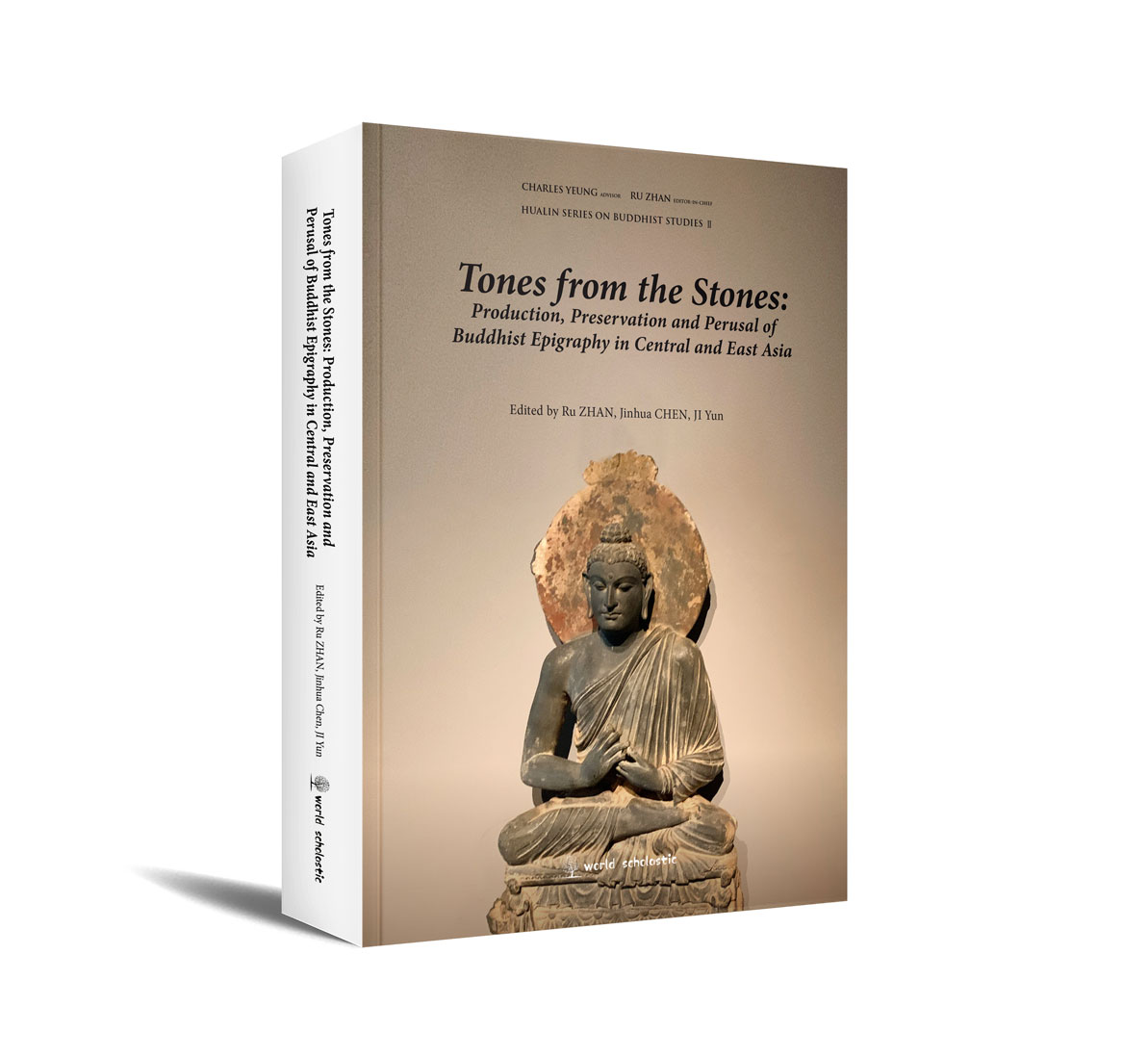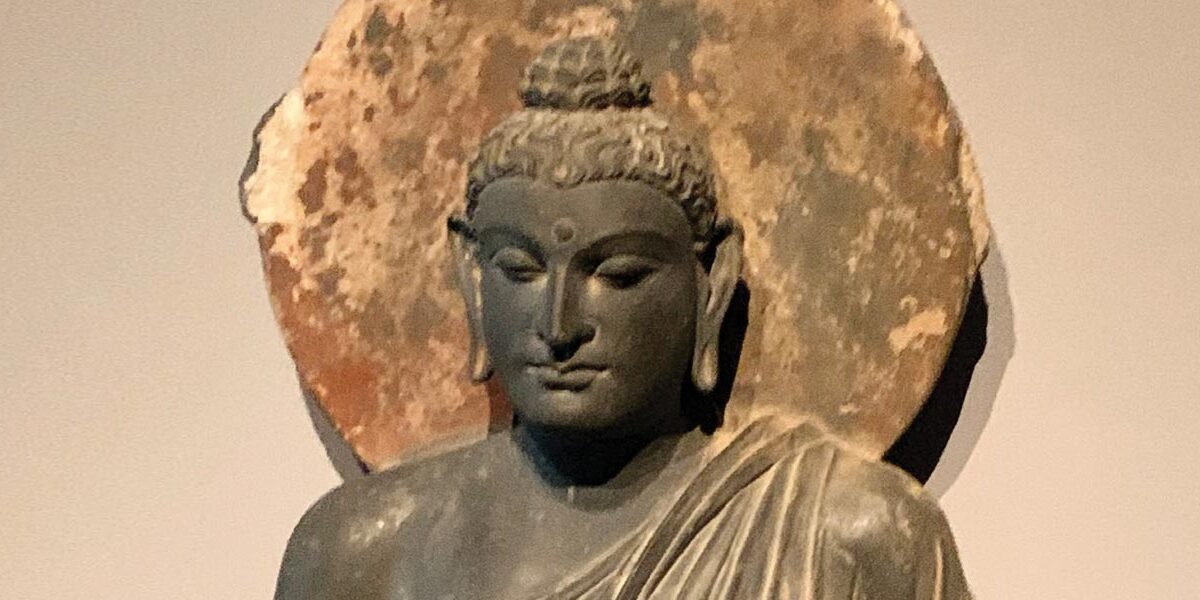Tones from the Stones: Production, Preservation and Perusal of Buddhist Epigraphy in Central and East Asia

Edited by Ru ZHAN, Jinhua CHEN, Yun JI
Series: Hualin Series on Buddhist Studies II
ISBN:978-9-81149-540-3
Publishing Date: 2020-12-20
Publisher: World Scholastic Publishers
Pages: 377
Paperback
Open access: Download PDF
Buddhism originated in India, but due to the emphasis on oral transmission in the Indian religious environment and the unique Indian conception of history distinct from that in China, it is often difficult to arrive at a precise historical understanding of key figures and events. Facing this challenge, inscriptions and other archaeological sources prove their irreplaceable value. Among the inscriptions discovered in the Indian subcontinent, a great many are related to Buddhism, the study of which has provided the foundation for studying the history, philosophy, society and various other aspects of Indian and South Asian Buddhism.
Our situation ameliorates when it comes to the study of Chinese history because, by and large, Chinese culture values written records and, unlike India, used to have a ‘culture of court historians’. But even then, inscriptions still play a fundamental role in various fields of Buddhist Studies; Buddhist inscriptions have been amply studied by international scholars, with numerous important outcomes already published.
Motivated by the above considerations, we hosted from August 20th to 21st, 2019, a conference titled ‘Manufacturing, Preservation and Interpretation of Buddhist Metal and Stone Epitaphs in Central and East Asia’ at St Anne’s College at the University of Oxford, in our efforts to promote the academic research of Buddhist inscriptions. In this conference, twenty-two scholars from Europe, North America, and East Asia engaged in fruitful exchange of such disciplines as archaeology, history and sociology. We have collected and edited twelve of the conference papers and published them in this collection.
-
- Preface
- Foreword
- Sacred Network Reflected on Stone
-
- 1.1. Imprinting the Living Rock with Buddhist Texts: On the Creation of a Regional Sacred Geography in Shandong in the Second Half of the Sixth Century
Claudia Wenzel - 1.2. A Study on the Images of Treasure Birds as Shown in the Transformation Tableaux of Western Pure Land Sūtras in Sichuan from the Tang and Five Dynasties
Mingli Sun 孫明利 - 1.3. The ‘Daan Ta Beiming’ 大安塔碑銘 [Daan Pagoda Stele]: Religious and Sociopolitical Networks Woven around the Construction of a Song-dynasty Buddhist Pagoda
Guodong Feng 馮國棟
- 1.1. Imprinting the Living Rock with Buddhist Texts: On the Creation of a Regional Sacred Geography in Shandong in the Second Half of the Sixth Century
- Paper and Stone: Buddhist Manuscript and Epigraphical Culture
-
- 2.1. The Question of the Dating of Bingling Temple’s Cave 169, Niche 6 and its Connection to the Time of the Composition and Dissemination of Several Buddhist Scriptures
Wei Zheng 韋正 - 2.2. On the Influence of the Longkan Shoujian 龍龕手鑒 as a Glossary on Dhāraṇī Carved in Stone (and on Metal Sheets) in the North Pagoda at Chaoyang and in Manuscripts from 12th Century Japan
George A. Keyworth - 2.3. Against Epigraphy: Once More a Visit to Zen and History
T. H. Barrett
- 2.1. The Question of the Dating of Bingling Temple’s Cave 169, Niche 6 and its Connection to the Time of the Composition and Dissemination of Several Buddhist Scriptures
- Sacred and Secular Seen through Stone
-
- 3.1. ‘A Weeping King’: Glimpses into the Religious and Political Life of a Northern Liang Ruler, as Shed by his Stone-Buddha Project
Tong Ling 童嶺 - 3.2. A Virtuoso Nun in the North: Situating the Earliest-Known Dated Biography of a Buddhist Nun in East Asia
Stephanie Balkwill
- 3.1. ‘A Weeping King’: Glimpses into the Religious and Political Life of a Northern Liang Ruler, as Shed by his Stone-Buddha Project

